Every good marketer knows that the golden rule to content marketing is “providing value.” But what they often forget is that it’s just the first part of a two-step process.
Unfortunately, many business owners are so focused on the creation aspect they forget the marketing or distribution component. If you’re taking the time to create useful, actionable and epic content—you want everyone to see it.
You’ve likely heard the hackneyed cliché, “Content is King!” Well, then the distribution is Queen—and she definitely wears the pants.
The 3 Types of Content Distribution Channels
Effective content marketing involves planning, production, and distribution. And frankly, if you don’t have a good grasp on all three elements, you might as well not produce anything in the first place. Just save your money and allocate it to other revenue-generating strategies.
Prior to the invention of the internet, newspapers and publishers reigned supreme because they had printing presses and delivery mechanisms: paper boys and delivery trucks. In the age of technology, we have three “trucks” to choose from: owned media, earned media, and paid media.
- Owned media: It’s all of the channels that you’ve created including your website and blog, email list and branded social media pages.
- Earned media: This accounts for the exposure your content gets through free media like being mentioned on a popular blog or social media shares.
- Paid media: Unless you’ve got a sizable chunk devoted to your marketing budget, you’re likely only focusing on the first two, but small businesses can also scale their efforts through paid social media ads and promoted posts.
Optimization MUST come prior to distribution
You’ve produced a stellar video, which is the first step to content marketing success. Following, you need to optimize your content so it can be found and then have a plan in place to distribute it. Content SEO is simple, there’s nothing technical there.
“Optimizing content,” isn’t just a technical task that requires search engine optimization best practices. It’s also about trust, quality, and authority.
You can build trust by using the right words; by being objective in your writing and avoiding trying to sell a product/service; feature user-generated content via testimonials, reviews, forums, comments, feedback, case studies, social discussion, etc.; and you can build trust by sharing research and scientifically-backed metrics.
Google representatives hardly ever miss a chance to push “create quality content.” And I’m going to insist that it truly is imperative—otherwise you lose both trust and authority with your audience. Always use proper grammar, correct spelling, appropriate formatting, an appropriate length, a conversation tone and make your points clearly and as obviously as possible.
Lastly, every business owner wants to be seen as authoritative, but it’s tough to develop that presence. It’s also something that can’t be established overnight. It’s a marathon pursuit that will likely only be achieved after hundreds of great articles. Document a strategy that is both deep and wide: create in-depth articles and contribute to high authority websites.
The distribution channel plan
There is no one right way to do things, but it certainly helps to experiment, get feedback and continue to evolve your channel plan. The Content Marketing Institute (really, the premier authority on these things) outlines seven steps:
- Situational analysis
- Channel objectives
- Content/conversation plan (how you’re telling your story)
- Metrics
- Personas addressed
- Content management process
- Editorial calendar
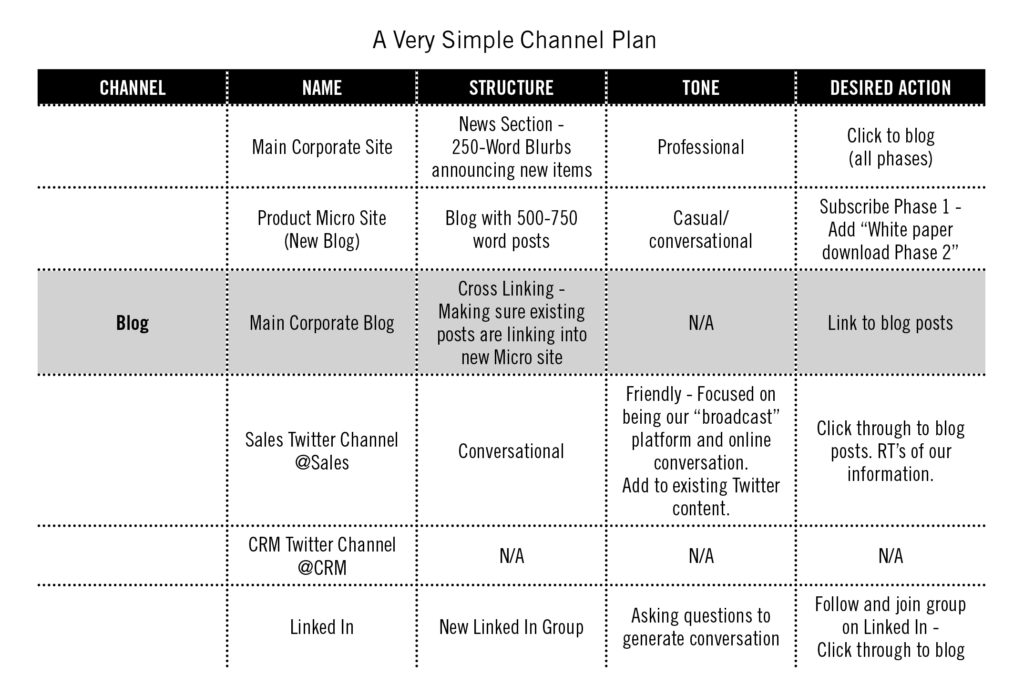
Honestly, the first time you walk through this process will be the hardest. But, after you’ve set up all the appropriate accounts, understand the different user interfaces and various functions, it will get easier! I recommend dedicating an hour to each piece of content for promotion after you hit publish.
The best tools for content distribution
With the above framework and pieces in mind, let’s look at some of the best tools under each of the three main distribution channels: owned, earned and paid.
Email marketing tools
Email marketing is the best way to send an email to your list of contacts. You can easily create campaigns from scratch or set up automated workflows.
Paper.li
Paper.li is a great way to curate and publicize your brand-owned and earned content to increase its reach.
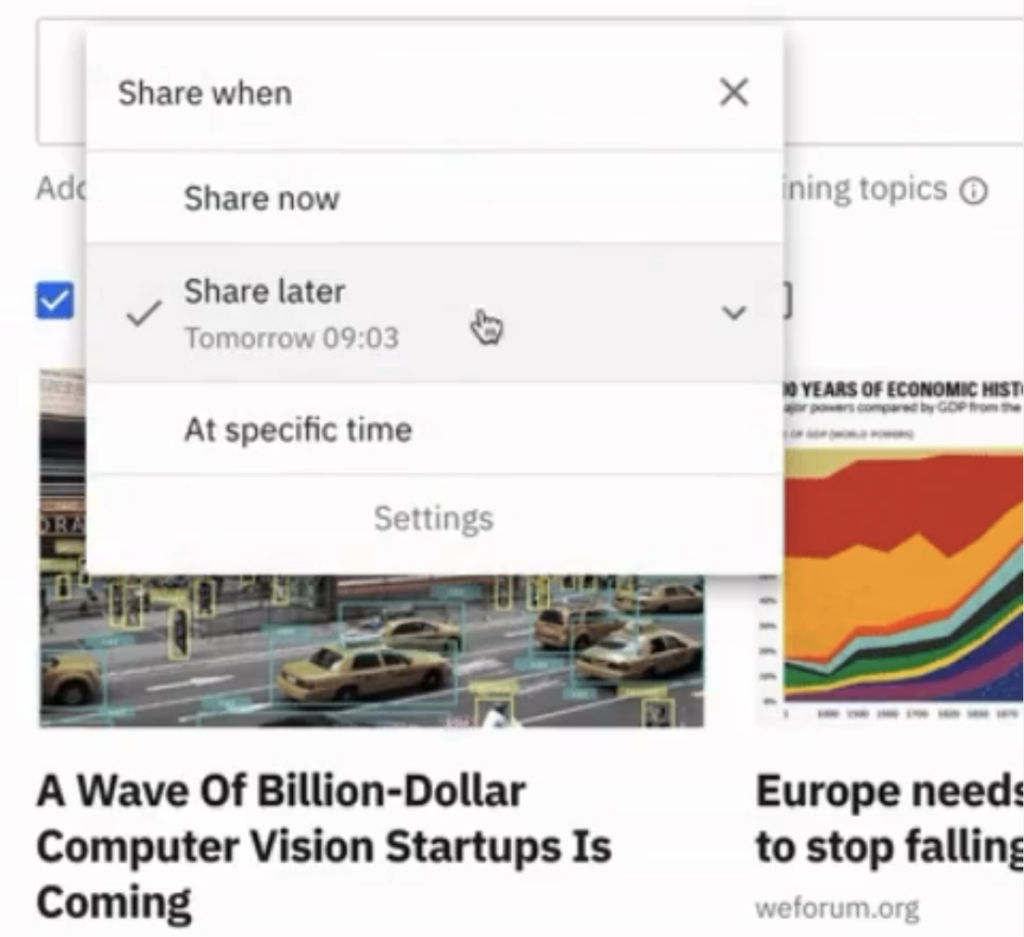
Sumo
A suite of tools or WordPress plugin that offers list building tools including a subscription scroll box, a signup bar, list popup and an incentives/giveaway widget.
Social media scheduling tools
Agorapulse is a simple way to share your content on social media channels like Twitter, Facebook, and LinkedIn. You can schedule posts to publish at ideal times and easily re-share older content by re-buffering straight from the dashboard.
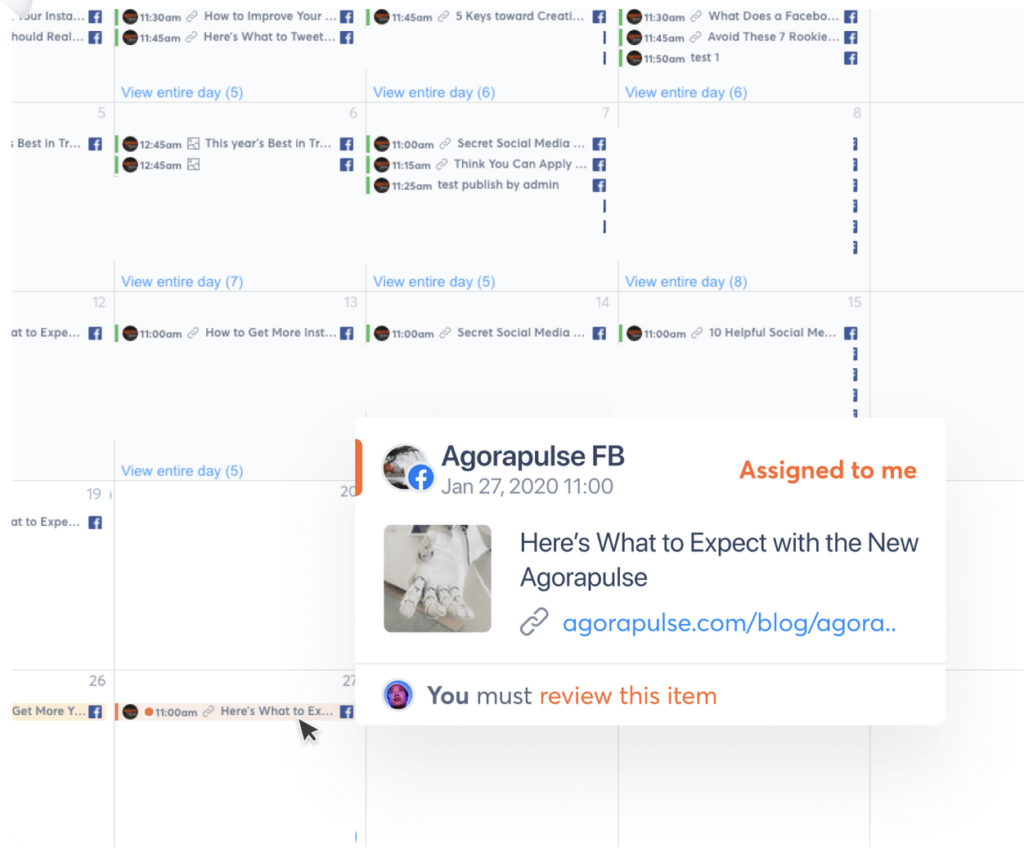
Landing Pages
Creating topic-specific landing pages or microsites to promote your content or products/services can help improve conversion rates and sales.
Both LeadPages and unBounce are powerful tools that provide great flexibility and templates that are proven to work well. These tools are especially beneficial if you don’t have a designer on staff or the budget for one.
Help a Reporter Out (HARO)
This website connects you with journalists looking for a source. If you’ve got expertise or experience in a specific area, sign up at HARO and a reporter just might get in touch—which means a potential media placement for you and valuable media coverage!
SEO Tools
There are dozens of those tools on the market, but my top four include BuzzStream, Ahrefs, Open Site Explorer and Google Search Console.
It’s important to increase your website’s search visibility and traffic, but I encourage you to view it through the lens of prioritizing your customer.
Link Checker
Link Checker is a cool tool that monitors your backlinks, organizes them by type and alerts you if any of those links goes broken or deleted.

Text Optimizer
Text Optimizer is a great content optimization tool that uses semantic analysis to identify topics and concepts which will match your content to your target searchers’ intent. It is a great way to help your content rank higher and engage your users better:
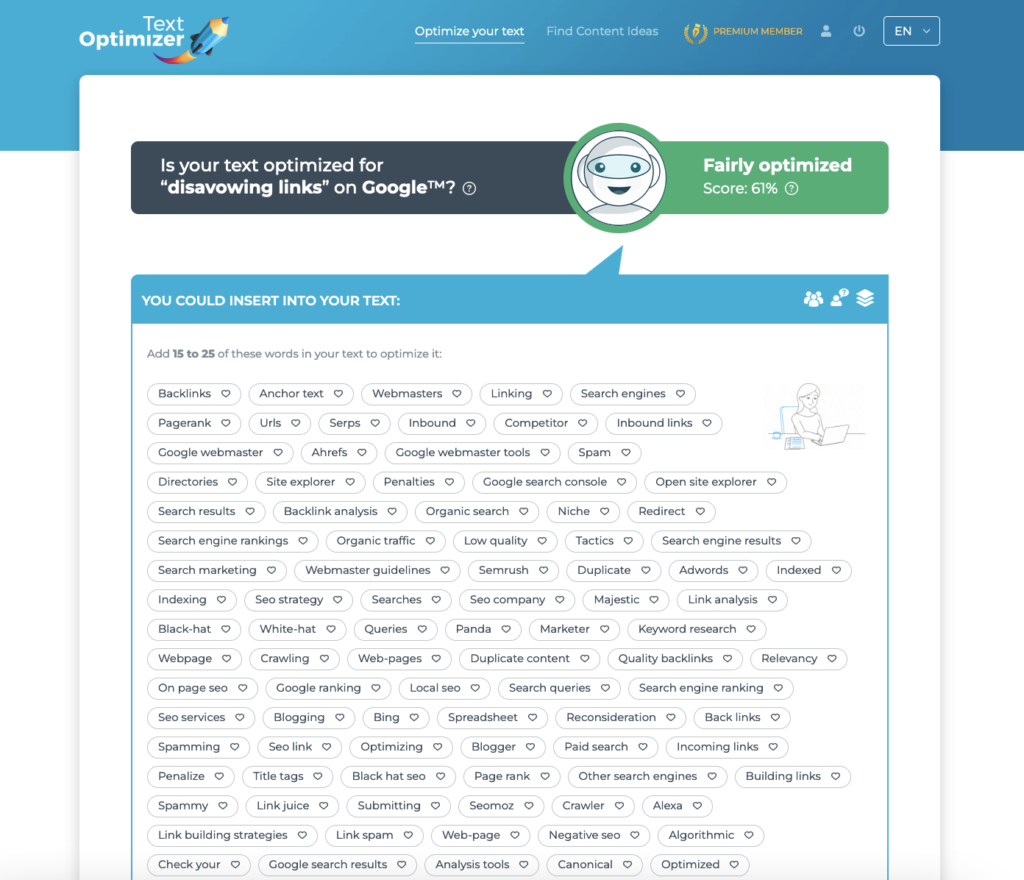
Hubspot
Hubspot offers a great sales tracking app allowing you to monitor, analyze, and gain insights from your sales pipeline.
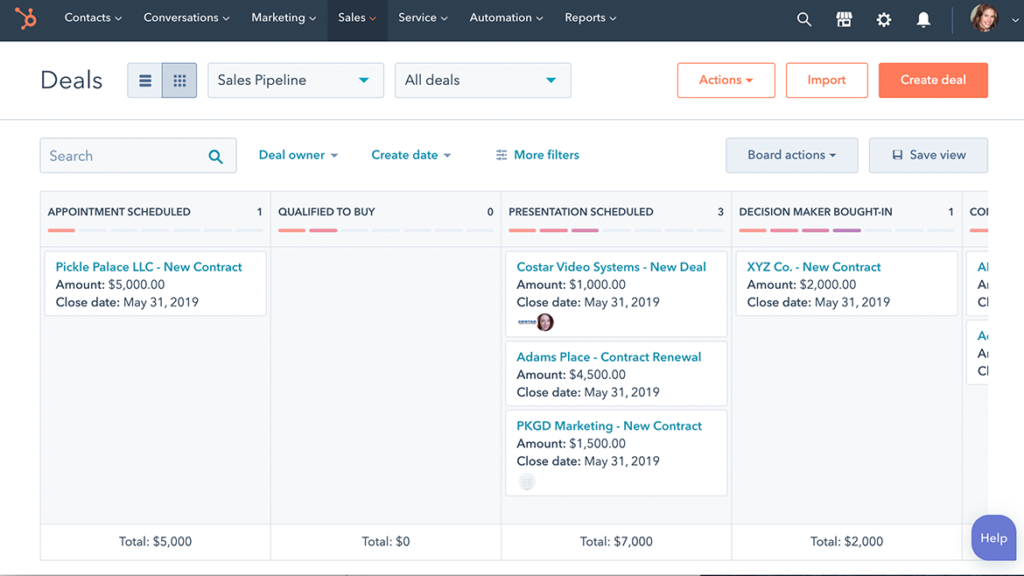
Contently
Nearly any writer or author can create a portfolio at Contently, which can then be viewed and shared by readers and social media users.
The platform can also connect content producers with those in need of content, and act as a great distribution platform for your own writing.
Outbrain
A service that essentially feeds related or interested content to pages all over the internet, typically a series of links at the end of a blog post.
Similar services: Disqus, Taboola, SimpleReach
Social Media Advertising
If you’re promoting a big piece of content (new eBook or long-form piece), consider Facebook sponsored posts or promoted tweets. They can boost or promote your content to a larger audience. With Facebook, you can even target a particular demographic of location, age, gender or interest.
Every internet marketer or business owner wants to get their content in front of as many eyeballs as possible, and this article helps prove that there’s no shortage of tools, channels, and strategies to help make that possible.
Is there a tool or strategy that you use that I failed to mention? Please share it in the comments!
Image source: Smart Photo Stock

